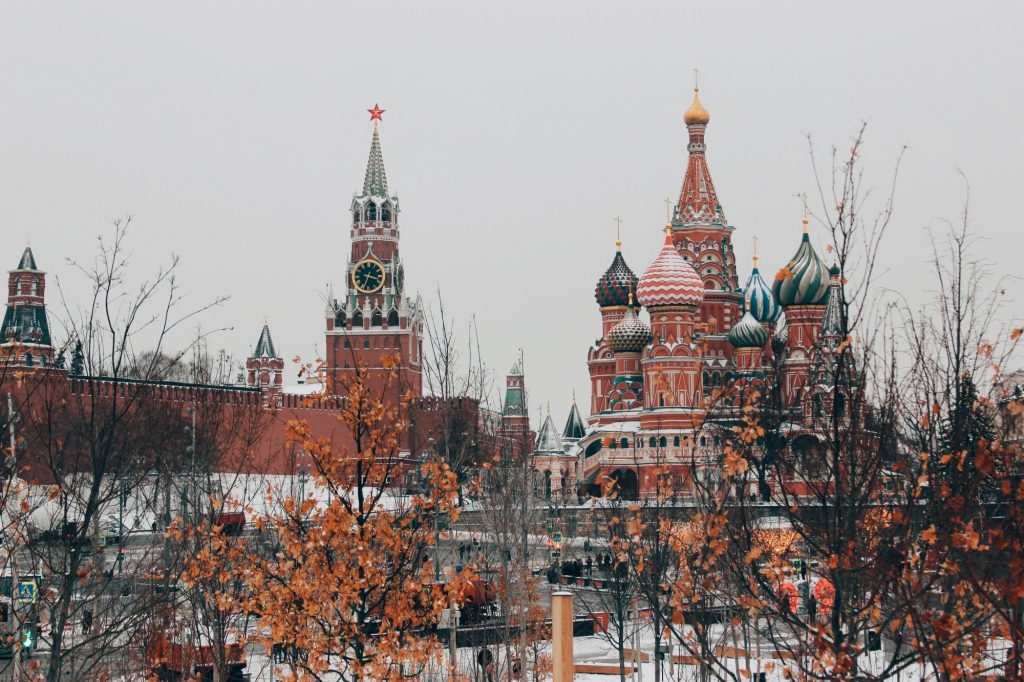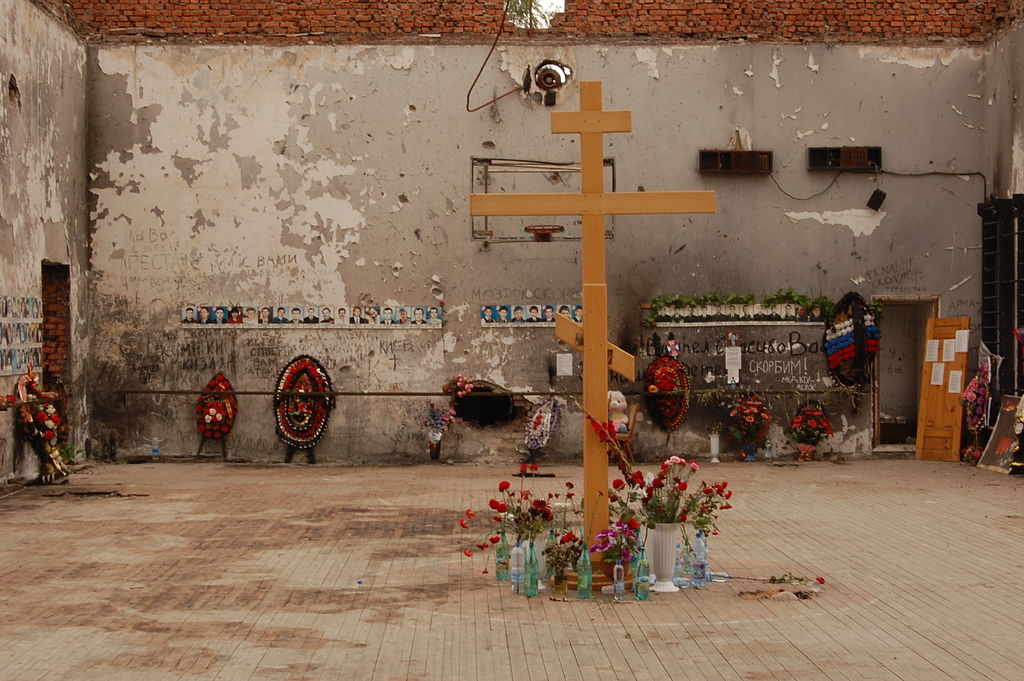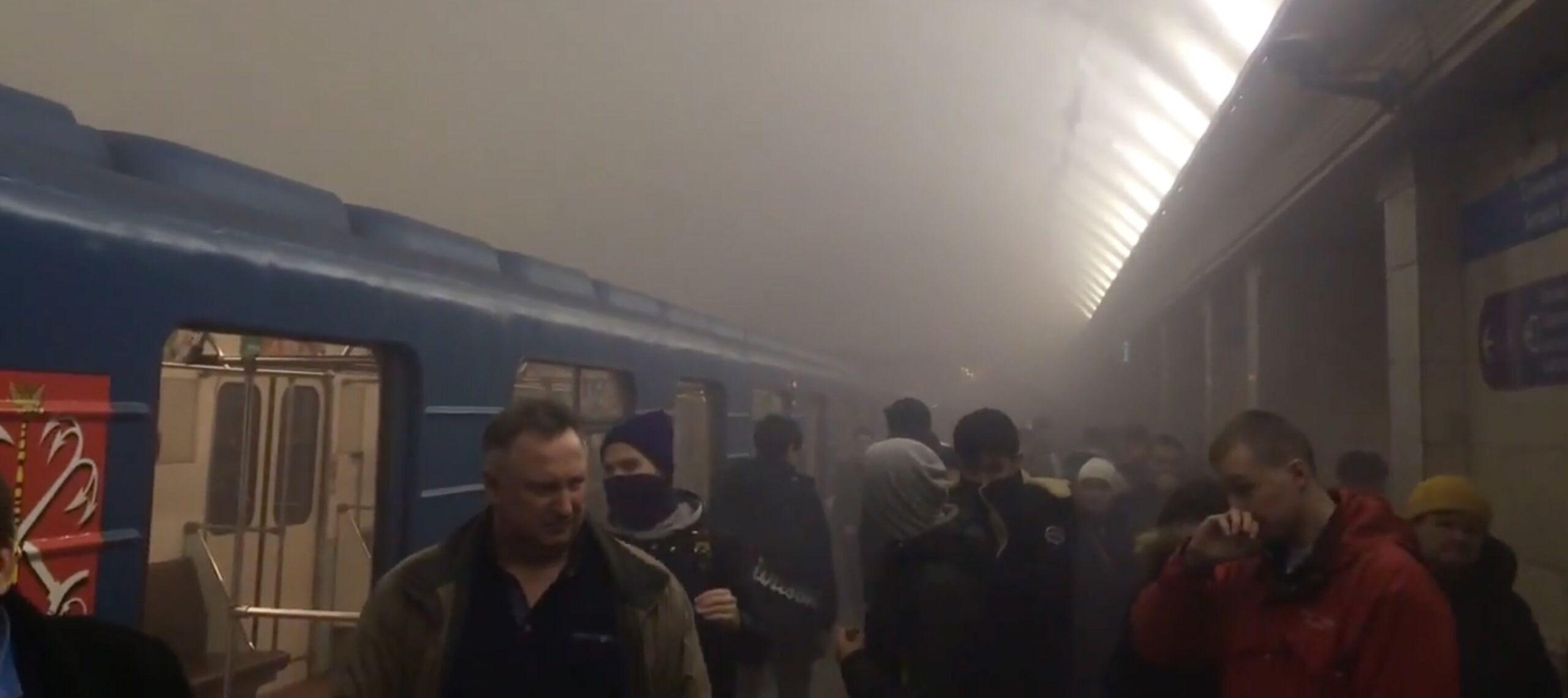By Maria Ravani,
On March 22, Russia came face to face with an “enemy” long forgotten and presumably defeated. Four heavily armed men stormed Crocus City concert hall, killed over 130 people and injured hundreds more. The suspects were almost immediately arrested and probably tortured, as public videos later suggested. In 2017, the president of Russia Vladimir Putin announced the prevalence over ISIS in the Middle East. Almost 7 years later, that statement seems as unrealistic as it was that day of the announcement.

Russia has a long history of terrorist attacks. Maybe because of its global position of power or because of the President’s political decisions in meddling occasionally in risky situations. From sending troops to the Middle East, suppressing social uprisings in countries such as Belarus or almost starting World War III with the invasion in Ukraine (or saving heroically oppressed Russian minorities, as the Kremlin likes to spin it). So was it a shock when the recent terrorist attack happened? Apparently not. Especially if we consider the fact that USA officials warned the Russian government about it a few days prior.

From a historical perspective, a significant rise in terrorist attacks was recorded after the dissolution of the USSR. The recorded separatist movements of that period played a significant role in that. The main areas of conflict are historically located in the North Caucasus. But this does not mean that big metropolitan areas such as Kremlin or Saint Petersburg were unaffected. In the following part, we are going to take a little history trip to the most significant terrorist attacks that happened after the collapse of the Russian Empire.
Reborn from the ashes – A nation of “stability”
Many of the post-USSR era terrorist attacks are connected with both Chechen Wars (1st Chechen War 1994-1996, 2nd Chechen War 1999-2009). During the 1st war, a lot of terrorist incidents occurred, like assassinations, hostage situations and bombings, feeding the overall narrative of the ongoing conflict between the Russian state and Chechen separatists. A notable moment was the hostage crisis in Budyonnovsk (1995) when a local hospital was seized by a group of Chechen separatists with over 1000 hostages. The result of the conflict was over 100 deaths, from both sides.
In 1999, a series of apartment bombings was recorded in many cities, like Moscow and Volgodonsk. Hundreds of civilians were killed and at time, the government accused again the Chechen separatists. These attacks were used later by the Russian State as an excuse for the launching of the 2nd Chechen war and the invasion of Chechnya. During the clashes of that war, incidents of terrorist attacks were also numerous. On 23 October 2002, Chechen revolutionists seized a crowded theater, taking more than 800 people as hostages. The attempts of Russian forces to eliminate the terrorists led to the death of more than 120 people, due to a deadly gas that was used by Russian military services. That gas put to deep sleep all the people in the area of the occupied theater (including the terrorists), with some of them simply never waking up due to the lack of the much-needed antidote. The insurgents were incapacitated but due to fatal mistakes, so were a few innocent citizens. In December of that same year, Chechen suicide bombers killed 78 people and injured more than 100, when they attacked the Chechen administrative complex in Groznyy.
In 2004, Chechen militants besieged a school in Beslan (North Ossetia), taking more than 1000 people as hostages, many of whom were children. The violent end that Russian forces chose to put to the siege led to the deaths of over 300 hostages, many of whom were children. The same year, different guerilla attacks and bombing incidents (besides the war still going on) killed an estimate of 250 people. Before the end of the war in 2009, a last attack was noted when Chechen terrorists bombed a high-speed train, injuring more than 100 people and killing 26.

Someone can assume that with the end of the wars, terrorist attacks will be less frequent. Historical records, though, showed that Russia entered a new era of heightened risk, especially due to the global stand that the official government had adopted on many geopolitical matters in other areas of the world (especially its role in the Middle East militant conflicts).
- In March 2010, two suicide bombers blew up the Moscow subway, instantly killing 40 and injuring about 100 passengers. For many, this attack was linked with Islamist groups from the region again of North Caucasus.
- January 2011, another suicide bomber (of Chechen origin again) launched an attack at the arrival hall of Domodedovo airport, killing 36 people and injuring over 180.
- September 2013, a suicide bomber outside a police station in Chechnya killed 3 police officers and injured 5.
- October 2013, a female suicide bomber attacked a bus near Volgograd, killing 6 people and injuring 30.
- December 2013, a bomb attack at a train station near Volgograd, killed 15 passengers and injured over 40.
- January 2014, an Islamist militant group had a shootout with local police forces, resulting in 3 policemen dead and 5 injured.
Most of the attacks between 2010 and 2014 were connected with Islamist radical groups from western Caucasus and of Chechen descent. Bombs were the main weapon that was used in most of these incidents. Due to the frequency of the attacks, Putin’s administration took significant administrative steps to tackle the issue. From stricter counterterrorism legislative measures and penalties to the introduction of a new task force named the National Antiterrorist Committee (NAK). Of course, leading role in the hunt for terrorists plays the successor to the KGB, the Federal Security Service (FSB).
The federal crackdown that happened after 2013-2014, did not mean that terrorist groups among the borders were eradicated. The radicalization of those groups just probably led the fight to another area (particularly in the Middle East). The “holy” fight continued to European soil- especially in Russia. In October 2015 Metrojet Flight 9268 crashed in the Sinai Peninsula, leading 224 passengers to their deaths. Information released later confirmed that a bomb was planned on the plane by ISIS. One year later, a solo individual, presumably affiliated again with radical Islamist groups, attacked a crowd outside a church at Kizlyar, killing 5 people and injuring a dozen more. Then, in 2017 another bombing attack occurred, this time at Saint Petersburg metro, killing 15 passengers and injuring a couple more. Again the culprit was an individual with ties to Islamist extremist groups.

From all the above mentions, we can easily conclude that the most recent attack did not come out of the blue. Admittedly, since the last incident, it’s been almost 7 years. But in the meanwhile, Russia continues to meddle in the Middle East. And more recently started a war in the European continent – and every day is one tiny step away from starting WW3. So, it was old news when Putin, after staying strangely silent for a couple of hours following the recent attack on the mall, came out with a statement that implemented Ukraine and Kyiv’s government officials on the bloodbath that occurred.
The real questions though are not easy to answer. How can terrorism lay its claws on Russia, one of the most closed-off and seemingly strict states? How can Putin’s oppressive “superpowers” not act upon those expected (as information suggested) threats? And at the end of the day, how can you, as a leader, still celebrate your recent electoral win and assure your citizens that they’re safe when you either send them off to war or incubate a religious war inside your borders?
References
- Russian court charges four men with act of terrorism in Moscow attack. BBC. Available here
- Who are ISIS-K, the group linked to the Moscow concert hall terror attack? CNN World. Available here
- Terrorist attack in Russia exposes vulnerabilities of Putin’s regime The Washington Post. Available here
- Why Russia’s Vast Security Services Fell Short on Deadly Attack. The New York Times. Available here
- The deadliest attacks in Russia. Radio Free Europe. Available here
- Sinai, J. “The Terrorist Threats Against Russia and its Counterterrorism Response Measures”. Connections. 14(4). 95–102.
- Terror Attack on Russian Metro. Wilson Center. Available here




